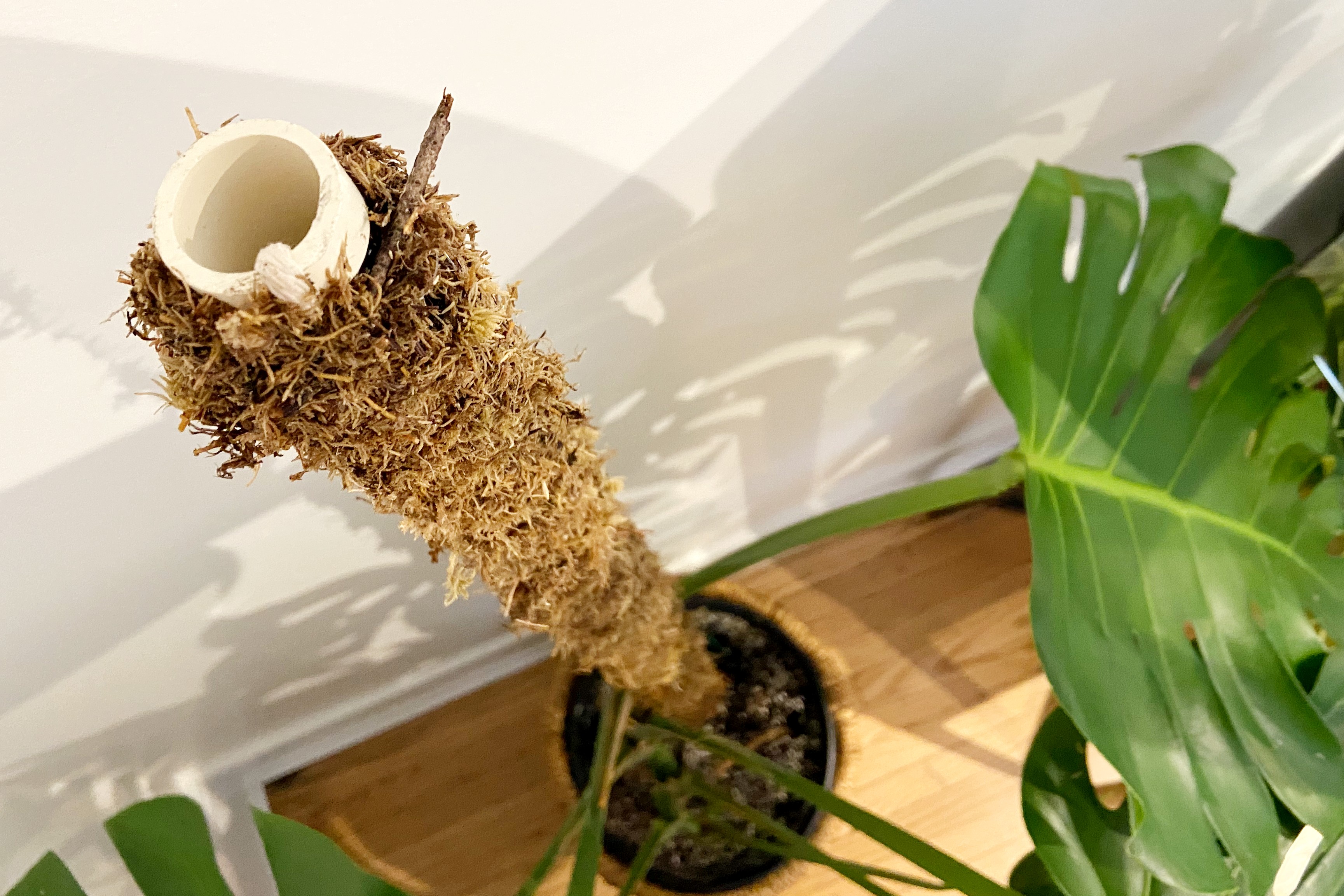Pruning and Maintenance Tips to Keep Your Crinum Lilies Thriving

Everywhere you look, advice about Crinum lilies sounds almost robotic: “Prune regularly, remove old leaves, divide every few years.” Sure, it’s safe advice—but honestly? After more than ten years wrestling with these quirky giants, I can tell you they don’t want to be babied to death. Sometimes, less is way more. Less snipping, more letting go.

Let me share what actually works for me—and what I stubbornly got wrong before my Crinums finally rewarded me with those trumpet-shaped blooms.
Why I Stopped Obsessing Over Perfect Pruning
Year one, I was ruthless: any leaf that even hinted at yellow or flop hit the pruners. The result? A sulky plant that gave me nothing but leaves—zero flowers. It turns out Crinum bulbs act like marathon runners: they need some of those older-looking leaves to keep photosynthesizing and fueling next season’s bloom show.
When I finally eased up and let them look a little wild through late summer—leaves a bit ragged here and there—flower spikes exploded everywhere the following spring.
Crazy, right? But next time you want to snip every imperfection out of panic, just wait. Give your lily a solid week or two. Watch those stems stand taller, look happier. It’s almost like they breathe easier without constant interference.

Pruning Is Problem-Solving, Not Perfection
Here’s a scene from last July: after a violent storm had the largest clump looking like it lost an ugly hair battle—leaves everywhere and golding by August standards—I didn’t race to pry scissors at every mistake.
Instead? I clipped only truly mushy leaves at soil level or anything with nasty brown streaks that screamed rot risk.
The surprise: that selective neglect meant fewer wounds for bacteria or fungus to sneak in. My plants stayed healthier with less fungal drama than neighbors who pruned religiously. Bonus? Those “sloppy” Crinums flowered earlier!
Divide With Purpose—Not on a Schedule
You’ve probably heard: split your bulbs every 3–4 years for vigor. Well, I let one massive clump go six full seasons (started 2016) without dividing.
What happened? Sure, they bloomed slightly less one year when crowded—but here’s the kicker: thick foliage created perfect fungal shade that protected my nearby tomatoes from disease!

When I finally divided the clump last fall using just soap-and-water-cleaned pruners (not fancy lab-sterile alcohol), all new offsets were plump and disease-free.
Moral? If your lily’s growing strong with no choking or rot signs—leave it alone. Don’t fix what isn’t broken just because someone said so.
Patience > Tidiness Every Time
One autumn hurricane flattened half my front-bed lilies; tangled mats sprawled wildly, choking neighbors. Old me would’ve hacked frantically; new me resisted until natural dieback finished the job—all messy and awkward through winter.
By December? Leaves pulled away easily without forcing…and come spring, the regrowth was fuller than ever.
Lesson learned: timing beats tidiness—even if your garden guests give you that “uhhh” look. Forced cleanups cause wounds inviting infection; natural drying does most of the pruning work for you.

Your Hands Know More Than You Think
Ever yanked an old soggy leaf that smelled faintly of earth and onion—the way it comes off easily from a healthy bulb versus fighting stubbornly on still-useful foliage?
That tactile feedback is gold—it tells you when it’s time to prune better than any app or video clue.
If you do see white sap oozing from green cuts (and ants arrive ASAP), wiping your tools down after is good enough. Save full sterilization for when disease outbreaks actually appear—you’ll save yourself endless stress otherwise.
Tools That Surprise You
My favorite pruning tool isn’t even pruners—it’s a cheap serrated bread knife (under $10 at thrift shops). It glides through tough fibrous bases where regular snips struggle.

Also—a trick most guides miss: wedging bamboo canes horizontally above small clusters helps prevent wind-flop without staking each bloom individually. Learned this from South African commercial growers who line wild roadsides with hundreds of Crinums—it works beautifully!
Quick Do’s & Don’ts for Crinum Maintenance
- Do leave good green leaves alone—even if not pristine.
- Do snap off only truly deadweight or mushy leaves once every few weeks during growing season.
- Don’t prune obsessively every yellow speck; wait and observe.
- Do delay big cutbacks until weather forces natural dieback (late fall/early winter).
- Don’t divide bulbs on a rigid schedule—watch for crowding or disease first.
- Do clean tools with soap & water after cuts; sterilize only if you spot disease.
- Do experiment with simple hacks like bread knives and bamboo supports.
Final Thoughts — Trust Nature & Your Instincts
Crinum lilies aren’t bonsai—they’re wild-hearted rebels who crave space and trust more than micro-management. Step back sometimes; let their natural rhythm guide you across seasons. Keep notes on what works—after all, gardening is part science, part intuition.
And hey—I once hacked half my biggest clump in frustration and felt like a total plant murderer before learning these lessons myself. If I can mess up and recover, so can you.
Your reward? Less stress for both of you—and those lush tropical fireworks of flowers come summer that make all this worth it.
So go ahead…give yourself permission to do LESS this year! Your hands—and your lilies—will thank you come bloom time.
Got your own Crinum stories or questions? Drop them in comments or share with fellow rebels who hate cookie-cutter gardening as much as we do. We’re all learning together here!



